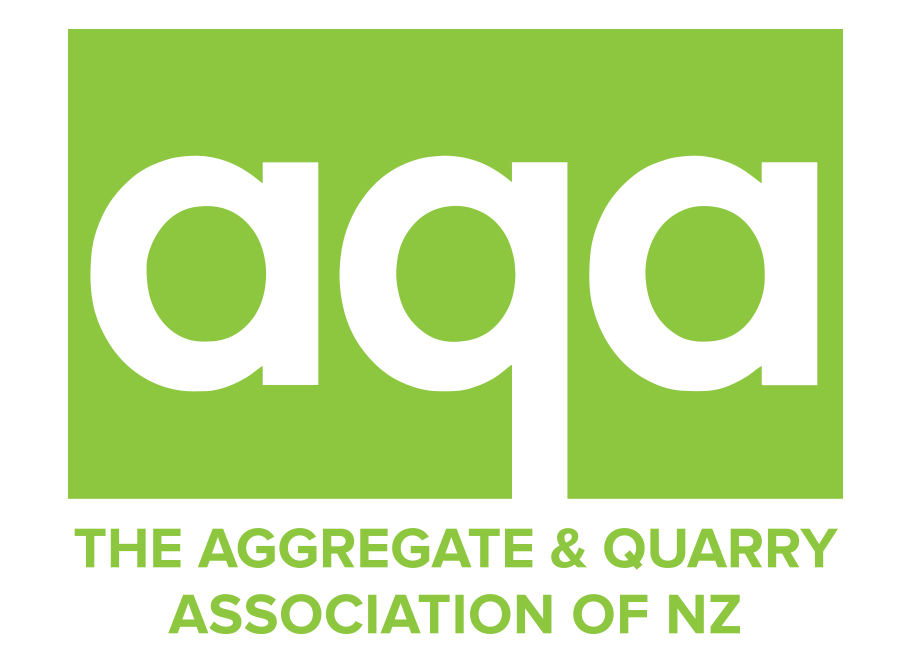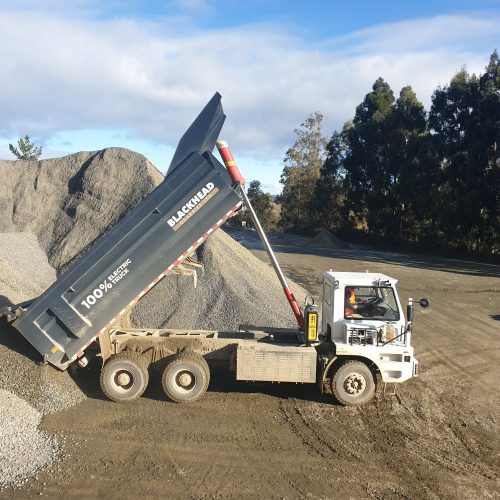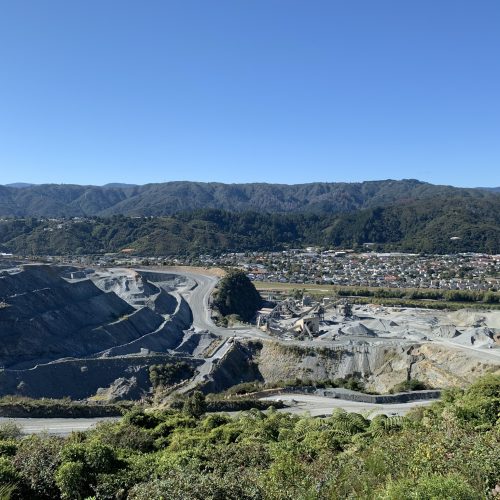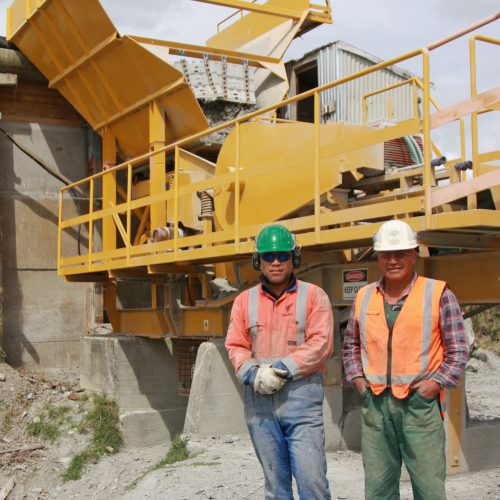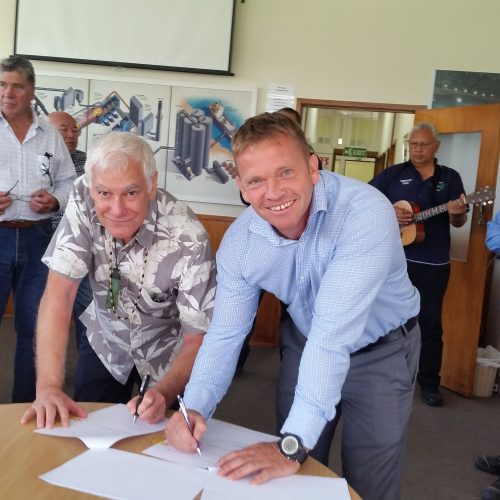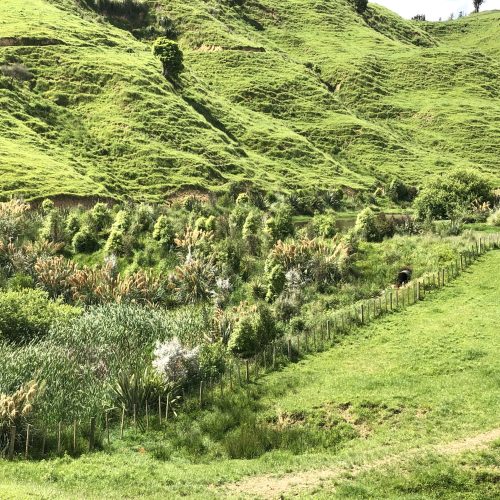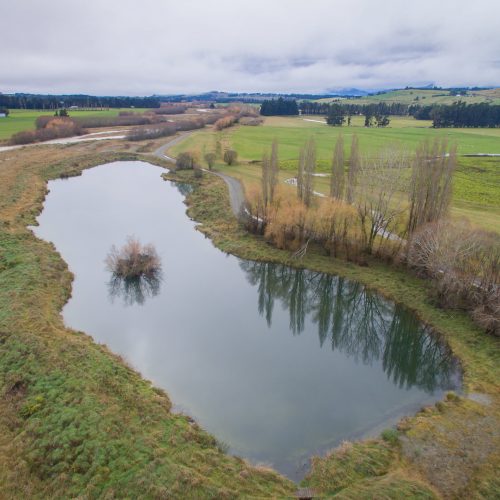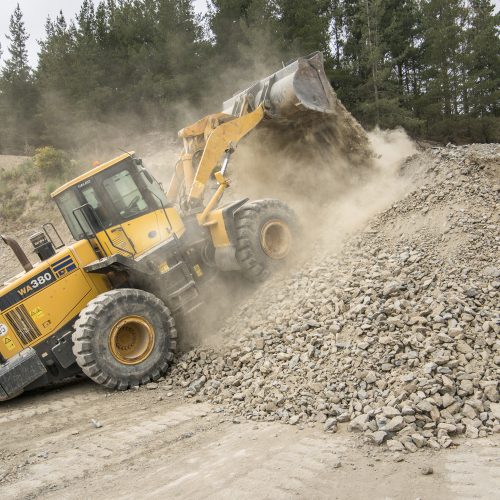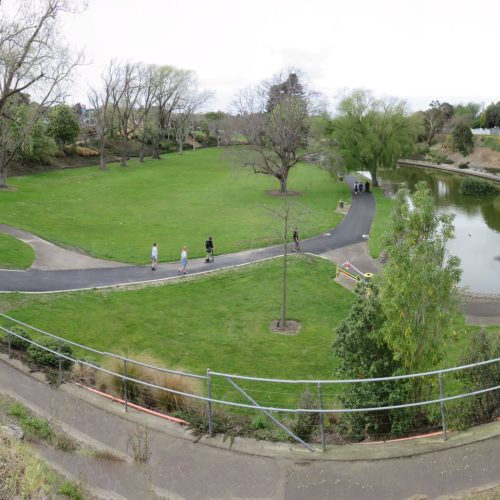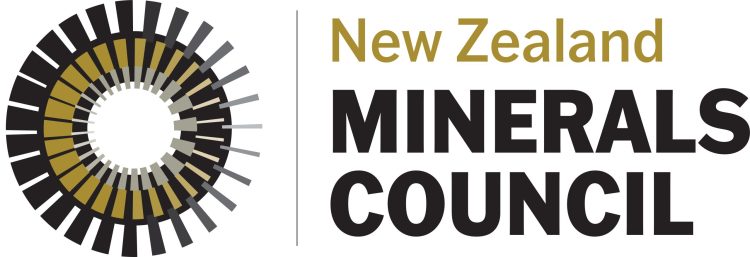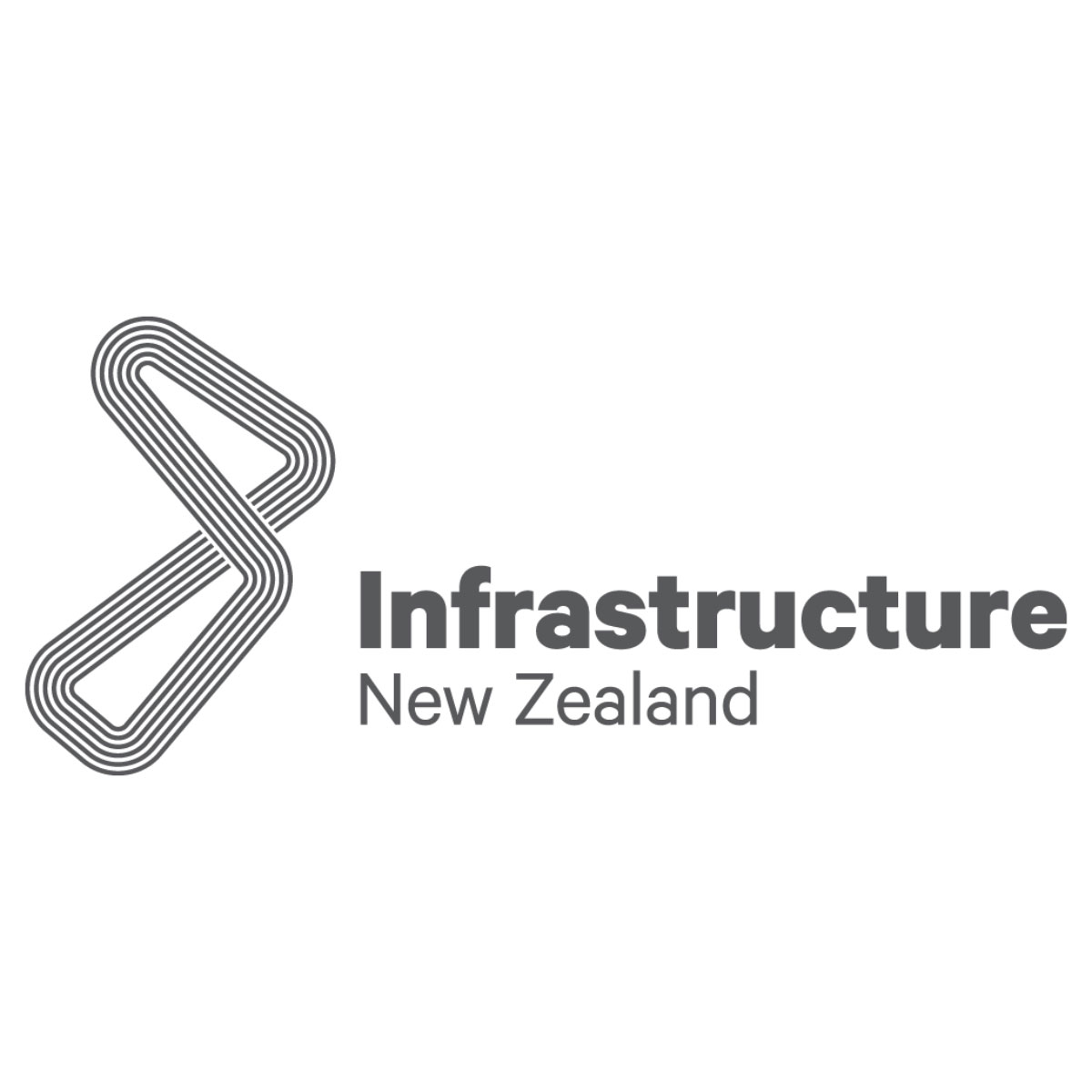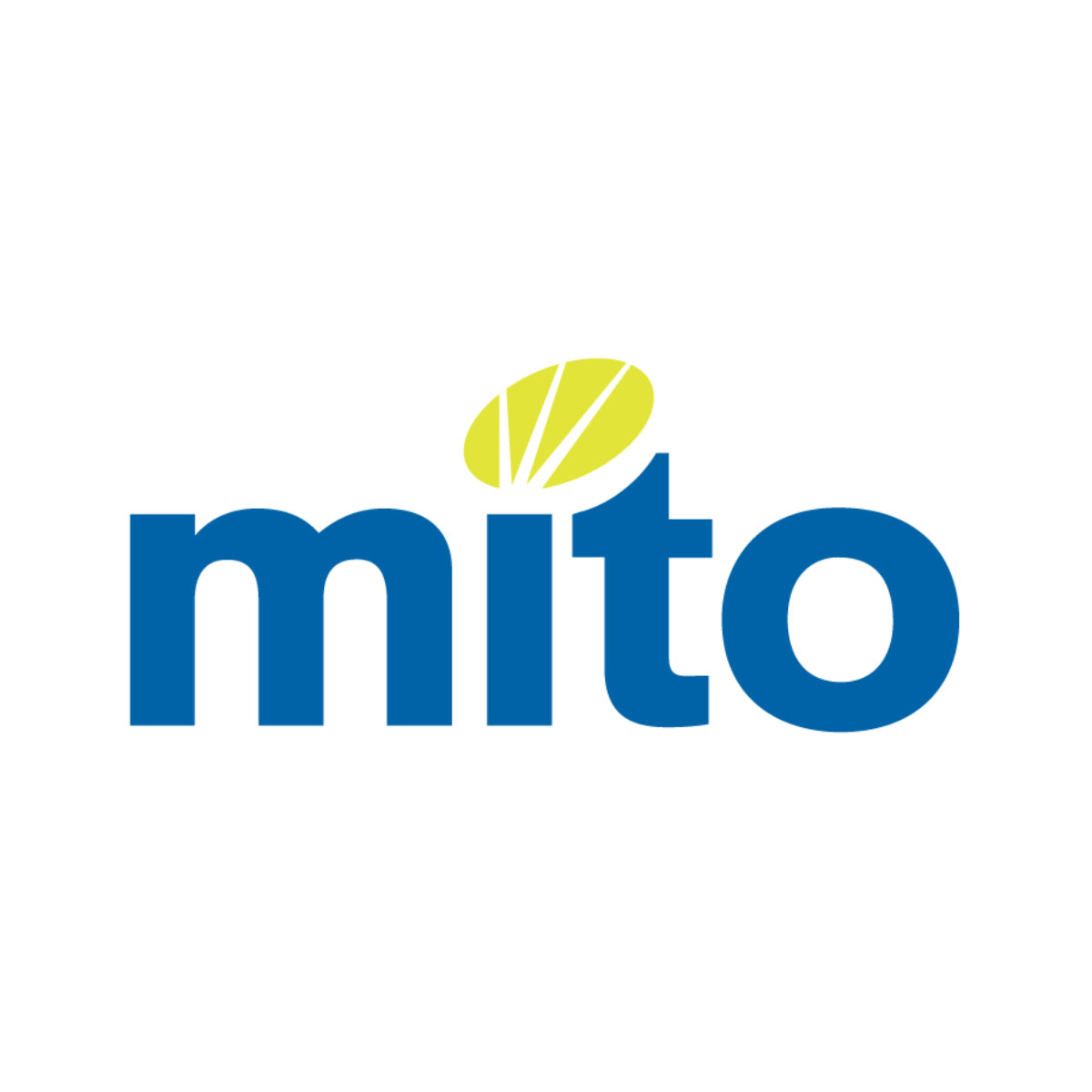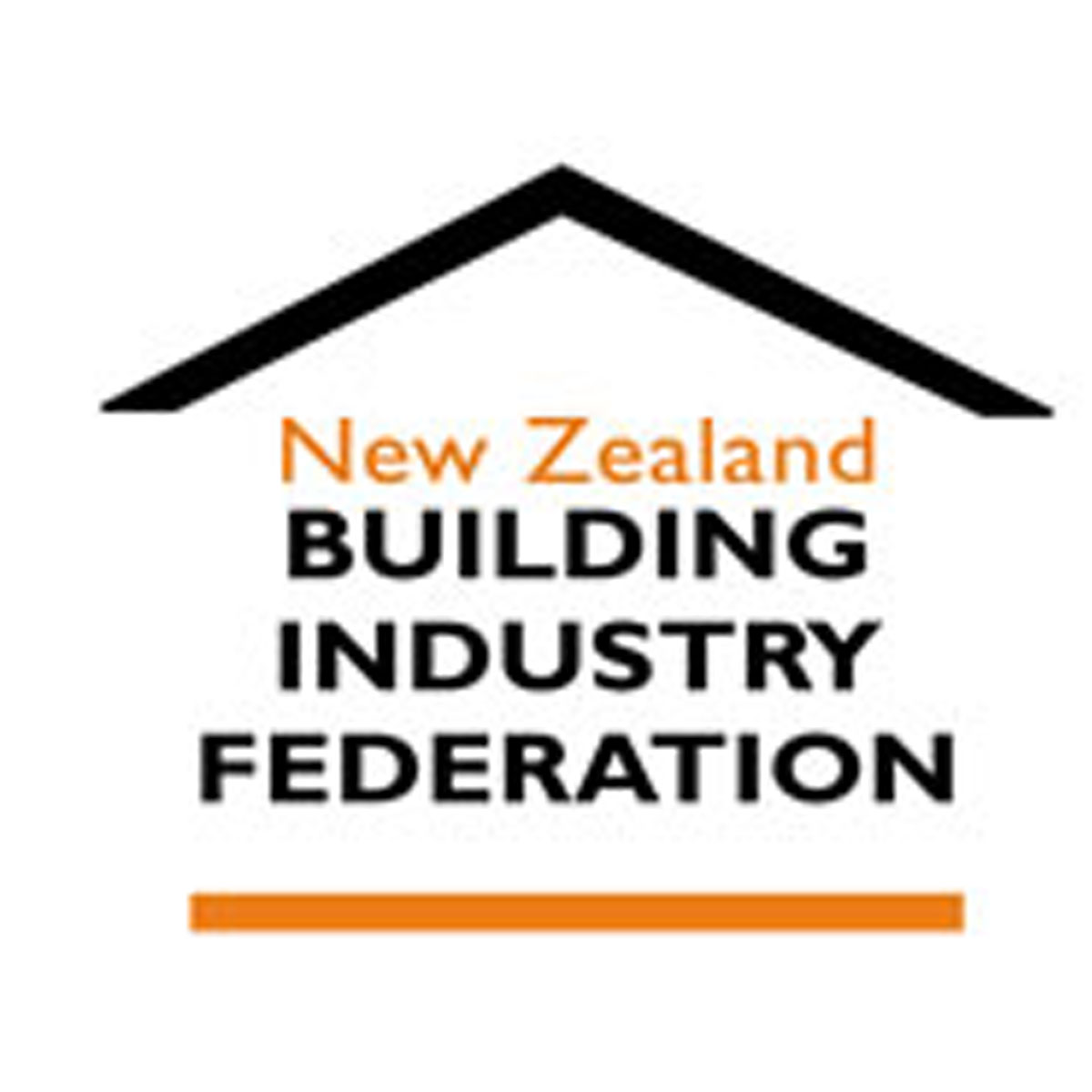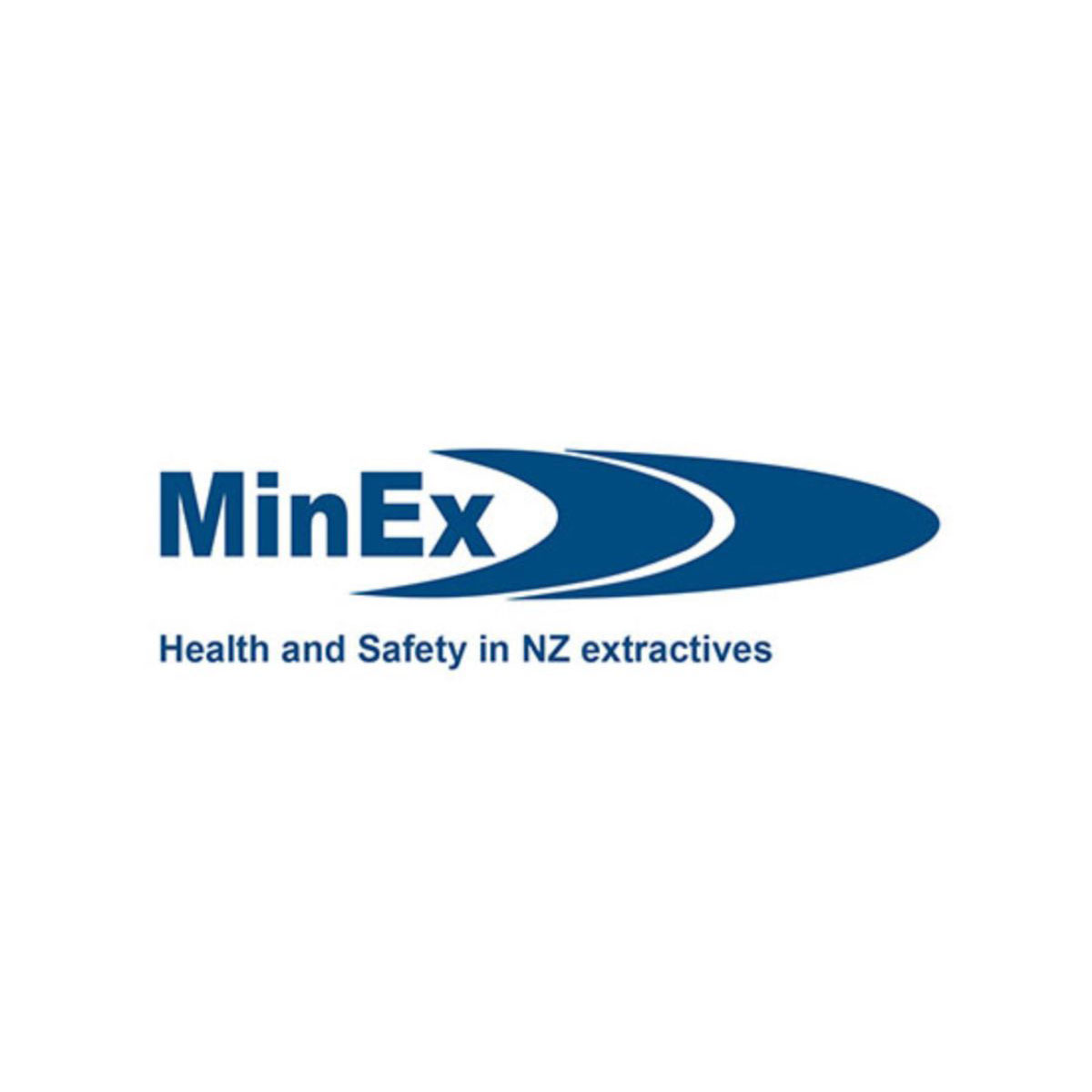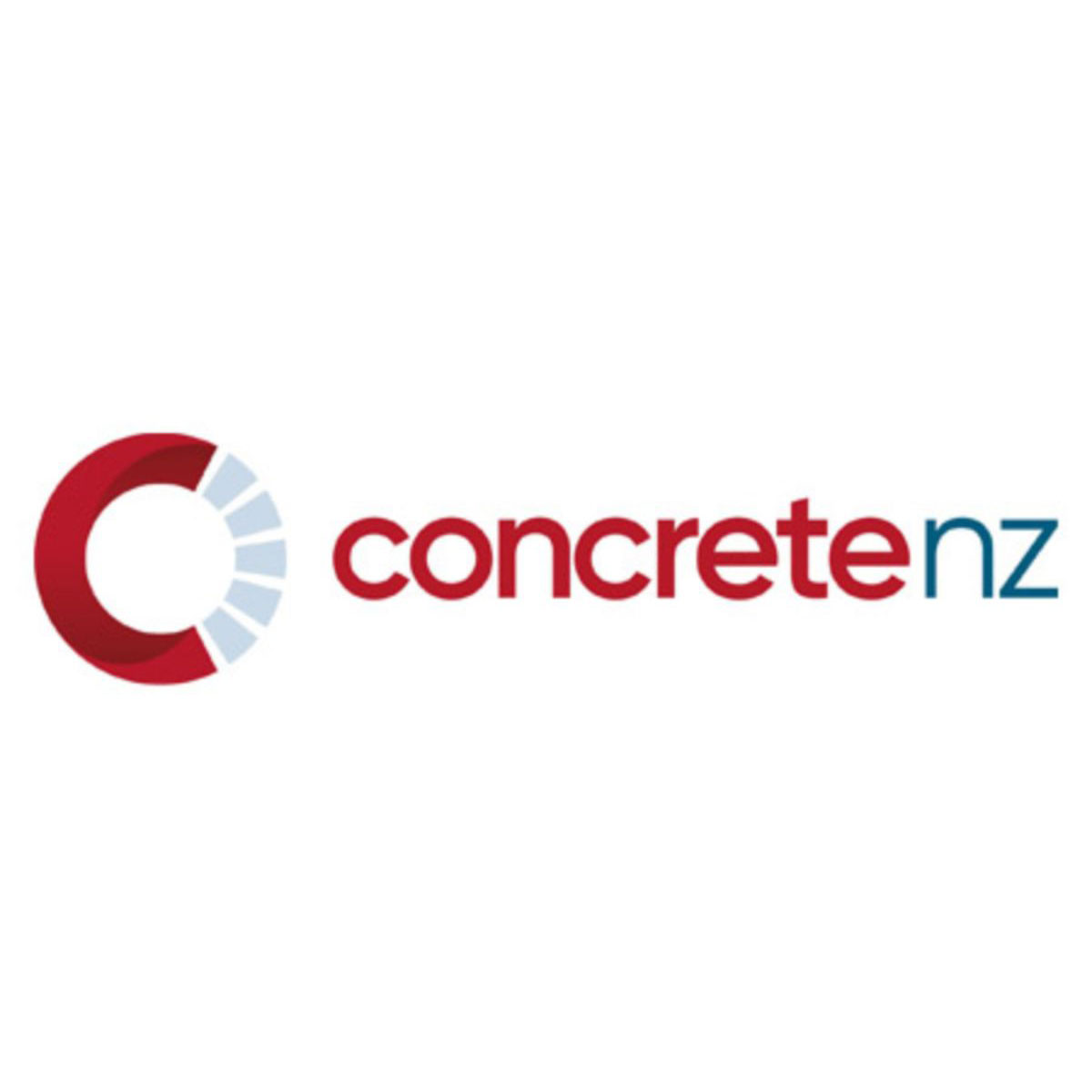AGGREGATE & QUARRY ASSOCIATION
Life Cycle Analysis and Environmental Product Declaration
LCA and EPDS
Find out more about environmental product stewardship, reasons for doing it, and how the AQA can help.
What are LCA and EPDs
LCA stands for “life-cycle assessment” of materials, e.g construction materials, and reports a range of environmental impacts. Typically, an LCA for aggregates takes in the processes of extraction, transport within the quarry, and crushing / screening.
This type of LCA is called “cradle-to-gate”, meaning the environmental impacts of the use of the material, and its end-of-life disposal or recycling are out of scope, because they are beyond the control of the quarry company.
LCA follows a standard methodology, recognised by an internationally recognised Stockholm-based NGO called EPD International.
An EPD is an “environmental product declaration”, which is an LCA that:
- meets EPD international requirements in terms of methodology and content
- is externally verified by an approved verifier, and
- published by an EPD International-approved platform.
The most important impact reported is “global warming potential”, aka carbon footprint. GWP is reported as kilograms of carbon dioxide per tonne of aggregate product.
Other impacts reported include those on the ozone layer, acidification of oceans, freshwater quality, effects on human health, depletion of fossil fuels, all of which are much less relevant for the quarry sector.
Search EPD Australasia for examples of quarry sector EPDs.
Holcim has produced a sectoral EPD for aggregates it produces in Romania.
An explanation of construction materials EPDs can be found here on the One Click LCA website, which has developed software for a wide range of materials and applications.
Why obtain an LCA or EPD
For resource and materials companies, measuring and reporting of environmental impact per unit of product is an internationally accepted way of demonstrating sustainability credentials.
It can be easier and cheaper for a company to gain EPDs for its products, than to undertake sustainability reporting (which covers the company’s broader activities, including in health and safety, and other socio-economic impacts).
Customers readily understand LCA and EPD reports and results, and are increasingly specifying GWP criteria in their procurement, more so for public sector clients and building and infrastructure asset owners.
Stakeholders and iwi, including regulators, are becoming increasingly interested in the sustainability credentials of quarry companies. Holding an LCA, or an EPD for aggregate and sand products is a good way of engaging on this topic with others.
This is especially so, given the rise of “nimbyism” against quarries in New Zealand, e.g. a Business Desk report of July 2023. Even though New Zealand needs new quarries to meet the country’s infrastructure development goals, project proponents face strenuous opposition.
The listing of aggregates on a Critical Minerals List for New Zealand is a welcome step in recognising the importance of aggregates in New Zealand. It also raises the ante on quarry companies to show their sustainability credentials. An LCA or EPD is a relatively cost-effective answer to this challenge.
How the AQA can help
The AQA has licensed access to an internationally-recognised software tool for creating LCAs from the Global Cement and Concrete Association.
The GCCA tool facilitated the creation of a cradle-to-gate sectoral LCA for Aotearoa New Zealand aggregate and sand products, which reports average environmental impacts across the sector, including an average GWP of 4.9kgCO2/tonne.
This compares well with the Aggregates Europe cradle-to-gate average for aggregates in the EU of 4.7 kgCO2/tonne.
The AQA also created a covering report for the LCA, which is consistent with EPD International requirements for the compiling of an EPD.
AQA members may freely refer to the AQA sectoral LCA, in their advocacy and customer relations.
How to do an LCA or EPD
Option 1: Do it yourself
You will need access to a software tool to do all the calculations for all the different environmental impacts. You will need to figure out how to use it, and then collect what data you can to populate the fields in the tool. You will also need to be aware of the use of default data by the tool (for data you are unable to collect yourself), and you will need to know the database source for that, and the version.
On top of that, you will need to understand how the EPD International system works, and the jargon that goes with it such as: system boundary, cut-off criteria, allocation, and life-cycle modules.
You may also need to convert your air quality data from one set of units to another for use in the tool, as well as accurately describe the make-up of the national grid, and determine the powder factor of any explosives used in blasting.
Note that the more passes through a crushing and screening circuit, the higher the energy requirement. It can take many iterations of inputting data into the GCCA tool to create environmental impact data for the different size fractions of aggregates and sand that any one quarry site may produce.
That done, you can produce LCA self-declarations (also known as an environmental data sheets). These will have the numbers for each step of the extraction and manufacturing process, and combined for LCA modules A1 – A3 (cradle to gate).
Your customers will probably need a report that explains the numbers, and you can either figure out how to write this yourself, e.g. by looking at others’ EPDs, or bring in a communications contractor with specialist knowledge to do it for you.
In addition, you may consider getting external verification of your LCA, for robustness and credibility. This will only work if you have complied with all EPD International requirements. There can be several rounds of auditing to get over the line, and this can take several months.
Once you have an externally verified LCA, you can also raise it to the status of an EPD, by approaching a suitable EPD publishing platform, e.g. EPD Australasia. They will do their own due diligence, and then publish it, for a joining fee, and an annual fee. An EPD is valid for 5 years from the date of publication.
Option 2: Contract the AQA to produce an LCA on demand
Much, much cheaper than option 1 is to contract the AQA to do the job for you. We’ve done the hard yards of complying with EPD International requirements for the sectoral LCA for New Zealand aggregate and sand products. In the process, our consultants have worked through the New Zealand context, and attuned that to the use of the GCCA tool.
The process is simple: we send you a data template, and you fill it out and send it back to us.
We can work with you if need be to help collect your data, and put it into the correct form, including calculations around diesel use, transport emissions, electricity, water use, water discharges, and waste management. This comes with an internal audit, separate from our LCA practitioner, at our end for rigour.
We have connections with internationally recognised external verifiers or auditors. The aim would be to send them numbers and a covering report that is EPD International compliant or close to it, for a smooth verification process. We can also hook you up with EPD Australasia, to publish your externally verified LCA as an EPD. Contact office@aqa.org.nz if you are interested in this option.
Option 3: Go blue chip
There is always the choice of seeking out an established consultancy to take you through the LCA and EPD journey from start to finish. There are several specialist operators to choose from in New Zealand who have their own connections to verifiers and EPD platforms.
Trending internationally – EPDs “on demand”
The international trend is for customers of construction materials demanding EPD numbers for products; this type of product stewardship is now standard, at least in the EU and in the US. This is fast gaining traction for concrete, given the high carbon footprint of this product, and an international drive to lower its footprint.
EPD specialist Climate Earth sums this up: “Building owners, developers, architects, and engineers are increasingly making the carbon footprint of concrete purchase criteria and therefore a new mix design metric. EPDs are the internationally recognised standard for reporting the new carbon metric.”
Demand for concrete EPDs puts pressure on aggregate producers to also develop EPDs or LCAs for their products, as a data input for their customers.
For smaller quarry companies, EPDs come with significant cost, especially considering that any one company will usually produce a wide range of products.
In response, specialists in the LCA and EPD field are developing “on-demand EPDs” for certain sectors of products. These are now appearing for aggregates.
What this means is that the quarry company can obtain an EPD relatively quickly, on providing a standard set of data for the EPD consultant to input into their methodology or software. Refer to examples here and here.
Holcim is working with Climate Earth to produce EPDs on demand for its cement and concrete products worldwide.
In New Zealand, thinkstep-anz is an example of a consultancy that can produce on-demand EPDs for New Zealand construction materials producers. There is still a significant cost involved, and this is an avenue more suited to larger companies, owning or operating multiple quarry sites, and more suited to the multiple concrete mix designs that any one producer may create.
For further information please contact office@aqa.org.nz.
Examples of international aggregate EPDs:
BGC Quarries, Voyager II quarry, The Lakes, WA, Australia, GWP: 4.96kgCO2/t
Bardon Hill Quarry, Bardon, Coalville, Leistershire, UK, GWP: 5.2kgCO2/t
Vilniaus quarry, Vilnius, Lithuania, GWP: 0.928 – 3.64kgCO2/t
CONTENT
ABOUT QUARRYING IN NEW ZEALAND
USING AGGREGATE
Aggregates are the most consumed bulk product in the world after water. New Zealand uses 9-10 tonnes of aggregate every year for each adult and child.
BUILDING NZ
To build an average house, you need about 250 tonnes of aggregate - for use in concrete, asphalt, mortar and building products.
OUR COMMUNITY
The quarry industry is committed to working alongside local communities and follows stringent planning, environmental and operating conditions.
AFFILIATED ORGANISATIONS

